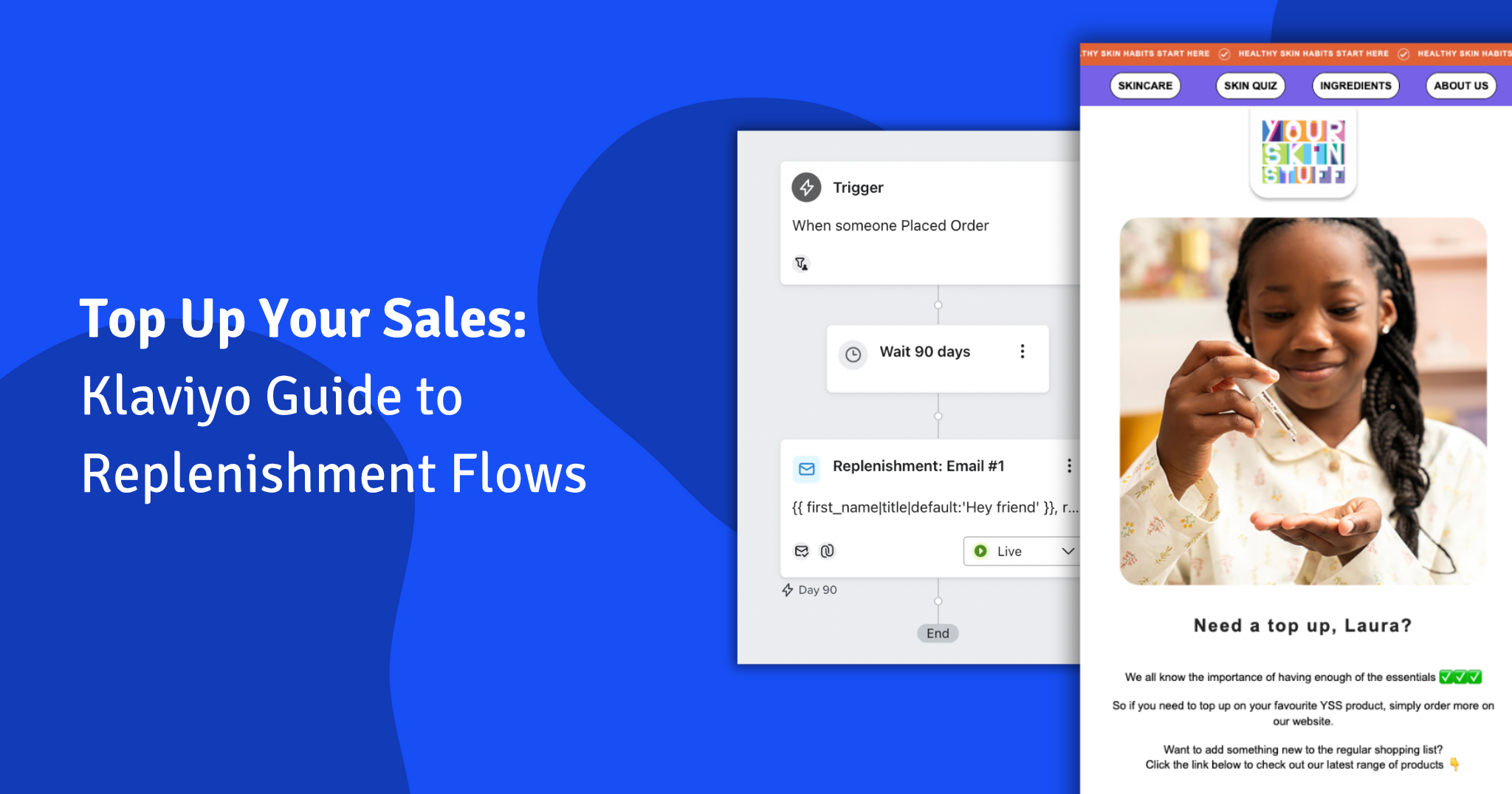Comments can be an important part of a blog’s goals. It might be that you are trying to create a better sense of community on your website, collect crowdsourced information, or simply want to increase traffic by nudging commenters into returning to answer replies.
Regardless of your intentions, you may find it difficult to prompt users to comment on your blog at first. No one wants to be the first to speak, after all, and some may not even consider responding to an article if there isn’t already a conversation to contribute to.
- Create content which prompts conversation

Your content should always be of high quality and genuinely insightful. That being said, you may also consider what kinds of topics are being talked about in your industry, and specifically those that have the potential to be divisive. You will find users most likely to comment when you prompt an emotional response from them, whether positive or negative.
You don’t want to be a provocateur, of course, but think about topics such as recycling in the wake of David Attenborough’s wildly popular Blue Planet 2, or HR amidst the Hollywood sex scandal spearheaded by the fall of Harvey Weinstein. These are subjects which prompt a strong emotional response, and will not only allow your brand to be up to date and engaged with current affairs but will increase the likelihood of a reader weighing in on the topic, too.
- Start the conversation
Perhaps a more time-consuming tactic, but sometimes actually starting the conversation yourself can prove fruitful. What we’re suggesting isn’t starting a chat with yourself, but rather, asking your employees and colleagues to drop a comment onto an article simply to get the ball rolling. This isn’t an ideal situation, as you eventually want all of your comments to organic, but in the beginning, you may require a little push.
- Respond to comments

Nothing is more off-putting to a potential commenter than looking at an unanswered comment on your blog. What’s the point in them taking the time to share their opinion with you, if you aren’t going to engage with them? Aside from spam and the all too nice problem of having too many comments, there should not be unanswered comments left on your blog.
You might also consider how you respond to your readers, as well. Their comment may warrant no more than a quick “thank you!”, but often there is more room to extend the conversation. You may offer a more expansive answer, or ask a question of your own, or reference another article you have read. Engage them as you might do a real person who had just commented on a presentation you had just delivered, and you may well find commenters more interested in engaging with your work.
- Make it easy for people to comment
Your web layout should be clean and clear. Not only that but don’t hide your comment section under rows and rows of advertisements or other article links. You want a user to find the text box the moment a thought pops into their head, not lose their inspiration in their search for it.
As well as that, turn on comment notifications for you and your readers. This allows a reader to know when you, or another reader, has responded to them and will encourage them to visit your blog again to reply. This also helps you keep on top of your replies, and minimises the risk of ignoring a reader.
- Have a clear call to action

A “call to action” is a parting direction to your users. You see this with virtually any YouTuber, wrapping up their videos with a cheery “If you liked this video, please like and subscribe!”
Similarly, you should include a call to action at the end of your blog, requesting comments. Quite simply, this puts the idea of commenting in their head, but if you want to really get results this way, don’t just say “leave comments below!” – really engage them.
For example, Grace Latter, the blogger behind Almost Amazing Grace, wrote a personal post all about her many tattoos and the stories behind them. Instead of signing off with a quick, “leave a comment”, she asked “how do you feel about tattoos?” and “would you get any?”, making it particularly easy for readers to respond to her.
As already mentioned, creating a culture of commenting on your blog can take a lot of time and effort. Many readers simply want to grab a bite of information and leave, and it requires a particularly well-crafted article and overall blog to stop them in their tracks and comment. That being said, your commenting culture needn’t be an impossibility if you are willing to put in the work to create such a blog, and if you understand the importance of good content marketing, you will.
If you want any help or support with any aspect of Content Marketing, Glaze are here to lend a hand. We can drive your Digital presence and help you achieve your business ambitions.


